Memory Travel with Sun Opener Sinicuichi
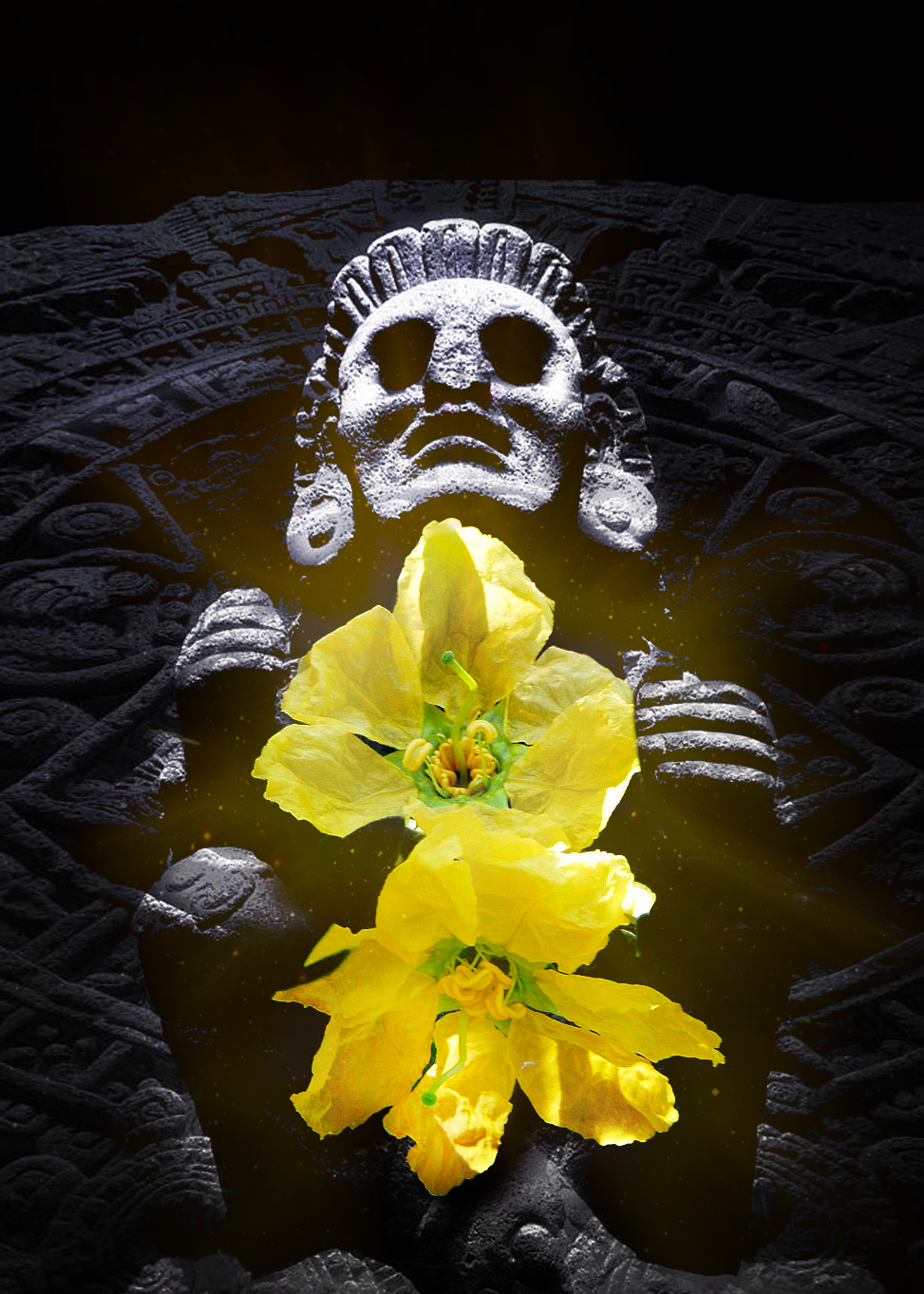
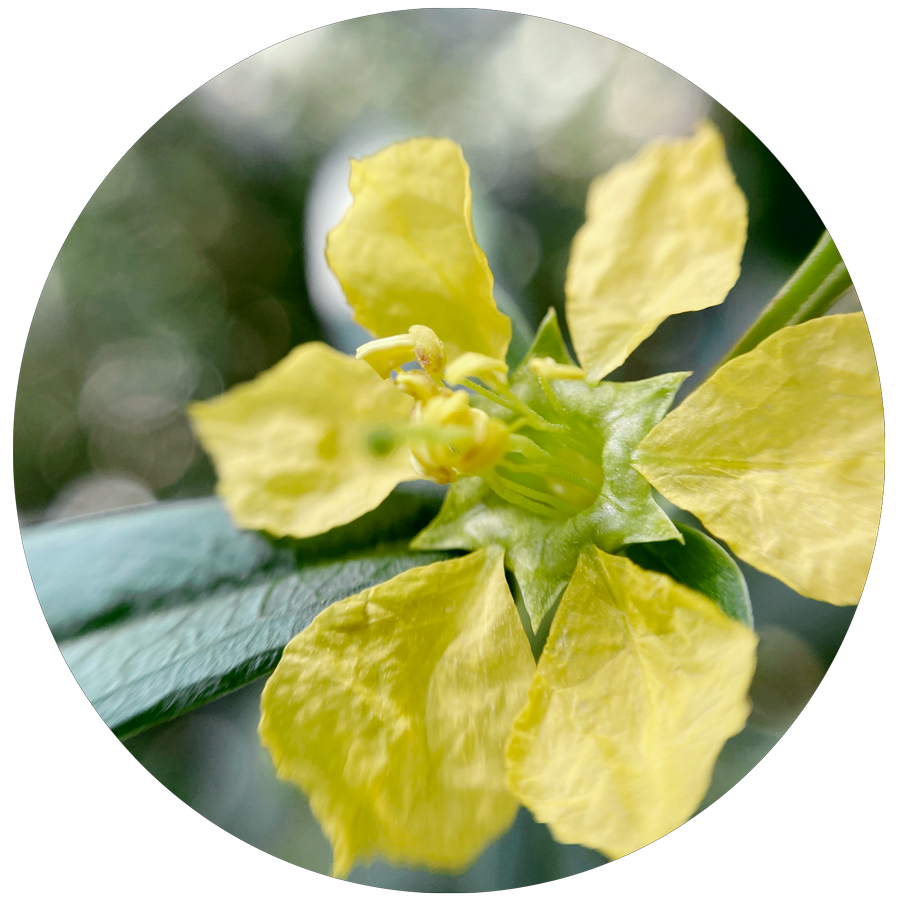
Memory travel with the Sun Opener herb.
Purification
Memory Support
Oneirogenic
Muscle Relaxant
Digestive Aid
Womb Support
Sun Opener
Commonly known as Sinicuichi.
Sinicuichi (latin name Heimia salicifolia) is revered for its memory-opening potential and its powerful connection to the Sun. The herb is believed to be the summer-blooming plant tonatiuh yxiuh, known as the “herb of the sun,” which was used by our Mesoamerican ancestors, including the Aztecs. Modern Mexicans and South Americans often refer to the herb as abre-o-sol, or the “Sun Opener.” Sinicuichi has the unique ability to expand the auditory system, brighten the field of vision, and induce vivid dreams that allow one to travel through memories, including past/parallel lives and even prenatal events.
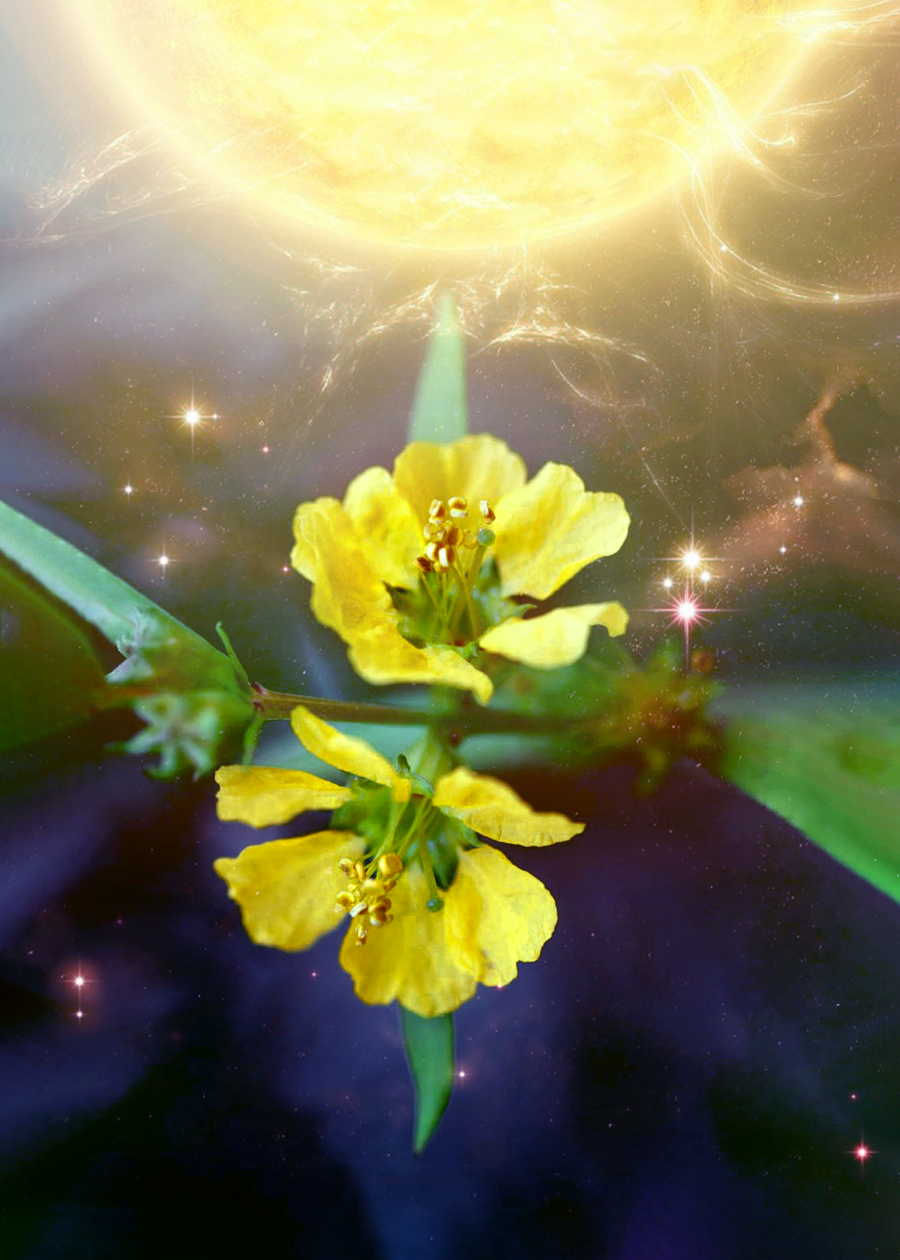
Heimia salicifolia
Sinicuichi
seen-nee-kwee-chee
NATIVE LANDS
Sinicuichi is native to the wetlands of the Americas ranging from the southwestern United States through Mexico and Central America to Argentina. The plant thrives best in warm wet areas like soggy brush lands and river sides. It does not tolerate frost, but it is heat and drought-tolerant.
Elixir of
the Sun
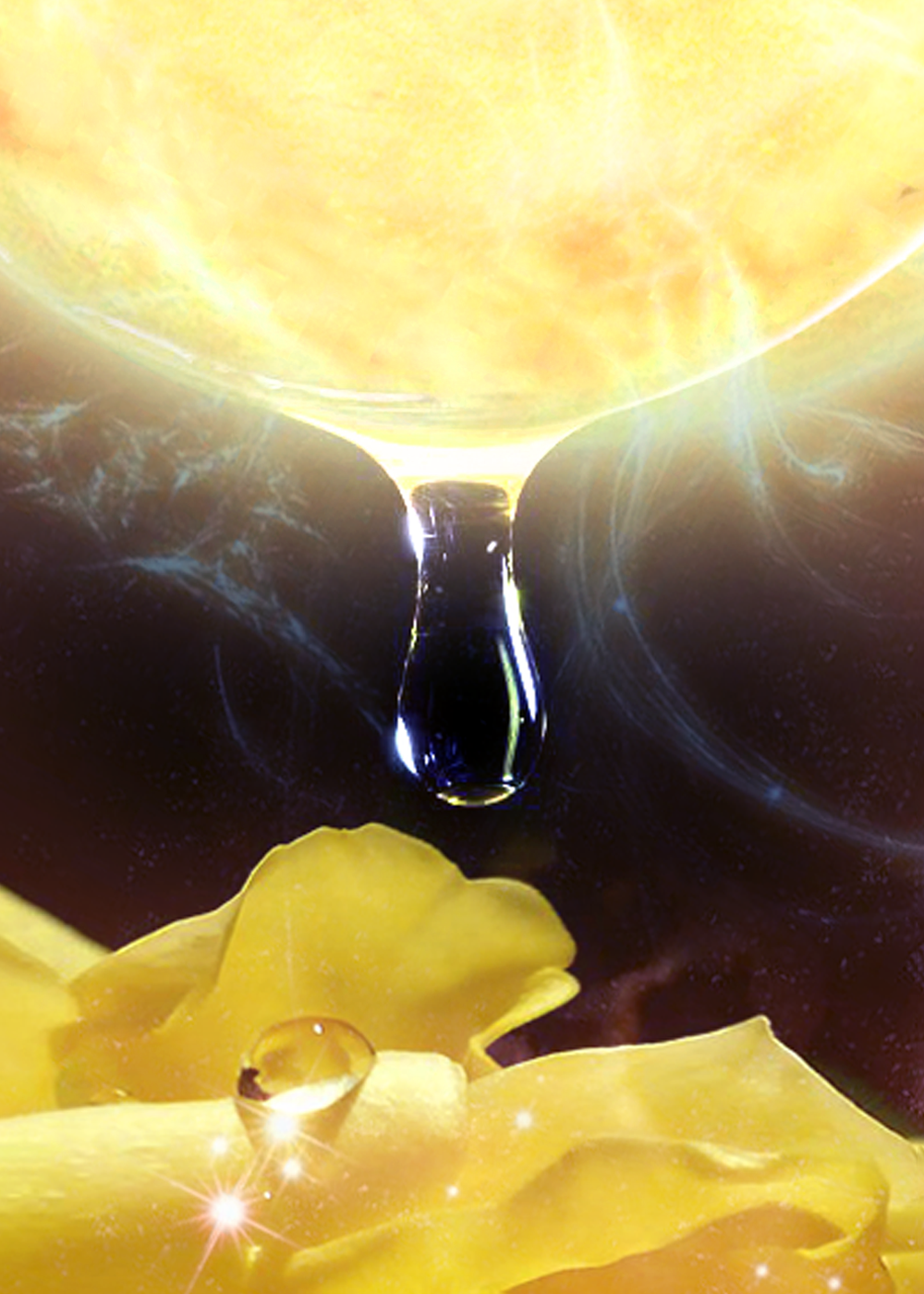
MYTHIC
CHARACTER
ELEMENT
Air
POLARITY
Positive (Yang)
INNER GUIDE
Personal Power
CELESTIAL
Sun
ASSOCIATIONS
Dreams
Past/Parallel Lives
Memory Travel
Purification
Fertility
Let one who is fear-burdened take as a drink a potion made of the herb tonatiuh yxiuh which throws out the brightness of gold.
The most common and most widely reported preparation is Sinicuichi fermented tea. Tribes collected fresh leaves and allowed them to wilt, then crushed them and soaked them in a cup of cool water. The cup was then placed outside under the sun for one day to allow the concoction time to ferment. Honey or lemon was sometimes added to improve the taste, although these were not essential ingredients. When fresh leaves are unavailable the dried leaves and branches are used with equal success, following the same procedure, except that the dried material is steeped in hot water instead of cold water.
The mixture is placed in the sun to brew and ferment for at least 24 hours. It is said that during the fermentation process, the knowledge of the sun is embedded into the potion, creating the Elixir of the Sun.
It is believed the Sun plays a decisive role in its preparation.
This part is usually omitted by most Western recreational users and could be the reason so many have a seemingly negative experience. If you read threads on Reddit you will find scary reports of users experiencing excruciating sore muscles within a few hours of ingesting Sinicuichi. This is ironic because Sinicuichi contains an NSAID COX inhibitor that is twice as strong as Ibuprofen, a drug administered to lessen muscle cramping and pain.
So.. there are a couple of theories as to why intense muscle aches can occur:
DOSAGE THEORY
It could be related to the size of the dose. The traditional dose does not exceed 6 grams.
AGE OF HERB THEORY
It’s believed fresh leaves are more potent and less likely to induce cramping than aged leaves. It could be that sinicuichine (COX inhibitor alkaloid) usually prevents muscle pain but breaks down over time as the leaves age.
While these two theories could be true and part of the reason, users claim that merely fermenting the leaves indoors whether they are fresh or aged does not eliminate muscle pain and cramping. It is thought that the Sun is the real factor which leads to me to theory #3.
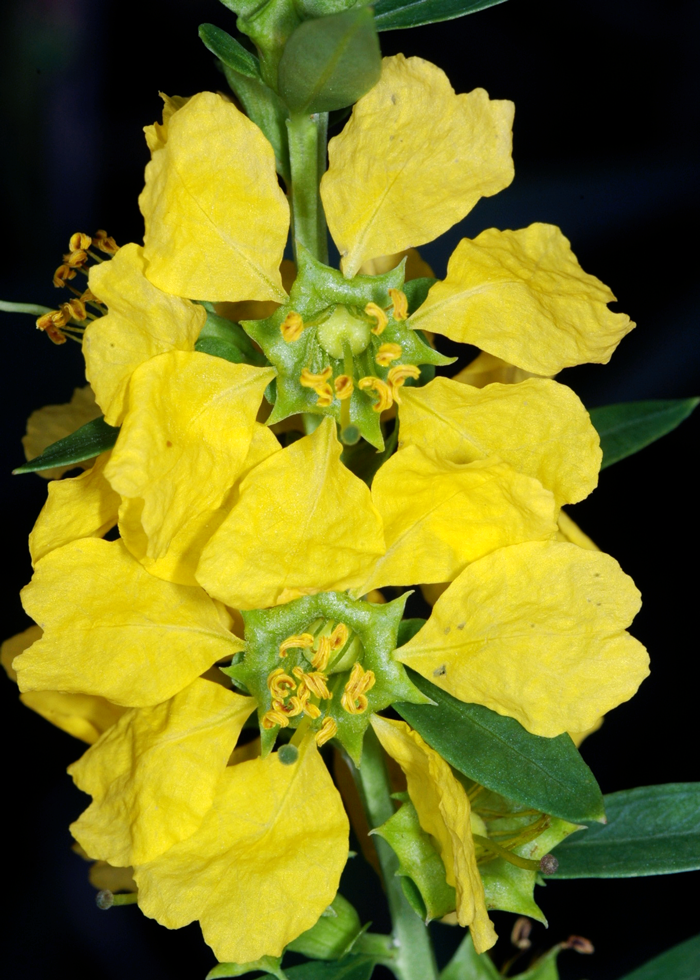
SUN FERMENTATION THEORY
Muscle cramping might be less potent with sun fermentation because it breaks down the plant’s composition, easing the plant’s more contractive qualities. This process may alter the bioavailability of certain alkaloids, potentially reducing their impact on neuromuscular signaling and mitigating excessive muscle contraction.
HEALING SYMPTOM THEORY
It could be that muscle ache is unavoidable and a physical manifestation of the deep healing powers of Sinicuichi. The herb is meant to focus on your tendons and muscles. It will repair any cells that need to be healed and therefore every muscle in your body will hurt for a period of time as the plant does its work (there is a similar theory in the next section).
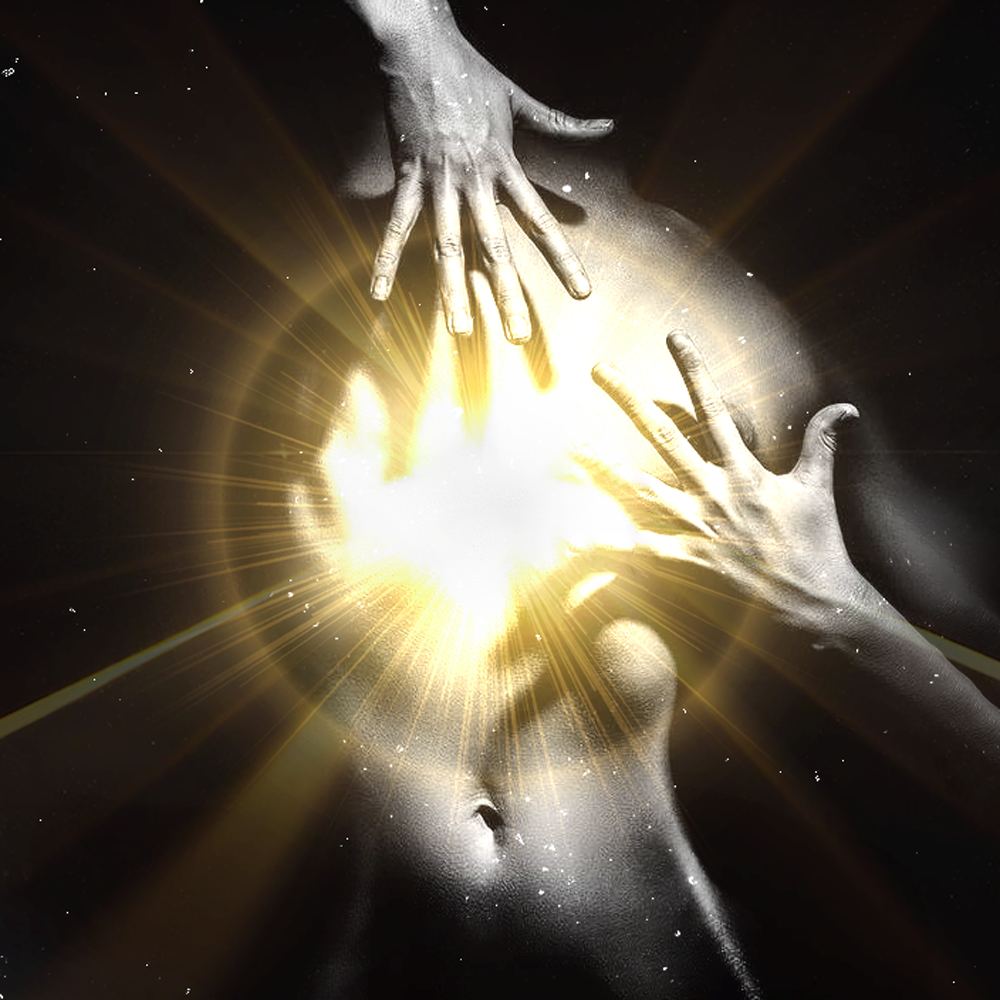
SYMBOLIC SYMPTOM THEORY
Sinicuichi tea invites deep sleep, profound skeletal muscle relaxation – or soreness if the body craves repair – along with vivid dreams and the brightening of the true Sun’s spirit, earning its name, Sun Opener. Solar energy is the pulse of life, our divinity, inner wisdom, and truth. Sinicuichi stirs the spirit by bringing increased strength, energy, and joy from the Sun. The euphoria is often described as giddiness or pleasant drunkenness. Many report feeling a deep sense of calmness and unity.
Mexican shamans believe that muscle soreness, even when the herb is properly prepared, reflects an overstimulation of the Sun center – the Solar Plexus. Just as too much Sun burns the skin, an excess of this energy can manifest as “muscle burn” in the body. This sensation awakens an acute awareness of one’s organs and breath, drawing the self inward. It grounds you in your humanness, in the weight of your earthly form, pressing you to rediscover your body – every muscle, down to the tiniest fibers in your toes and fingers.
Golden Visions
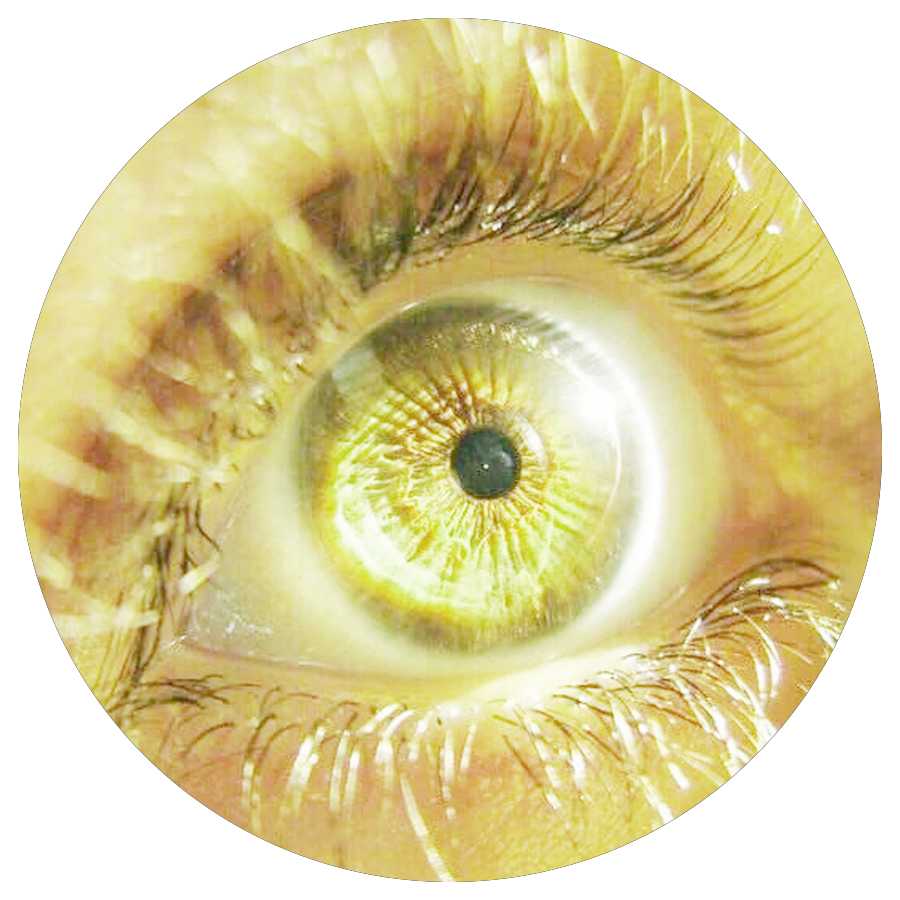
A brightening or opening of the sun occurs when Sinicuichi is consumed. This phenomenon is called xanthopsia. People have experienced a yellow glow or aura permeating their field of vision, another reason it’s called Sun Opener. Objects are reported to be very clear, detailed, and also take on colors reminiscent of sunrises and sunsets. This yellow glow and color enhancement can sometimes last a couple of days before wearing off.
Ultra Sonic
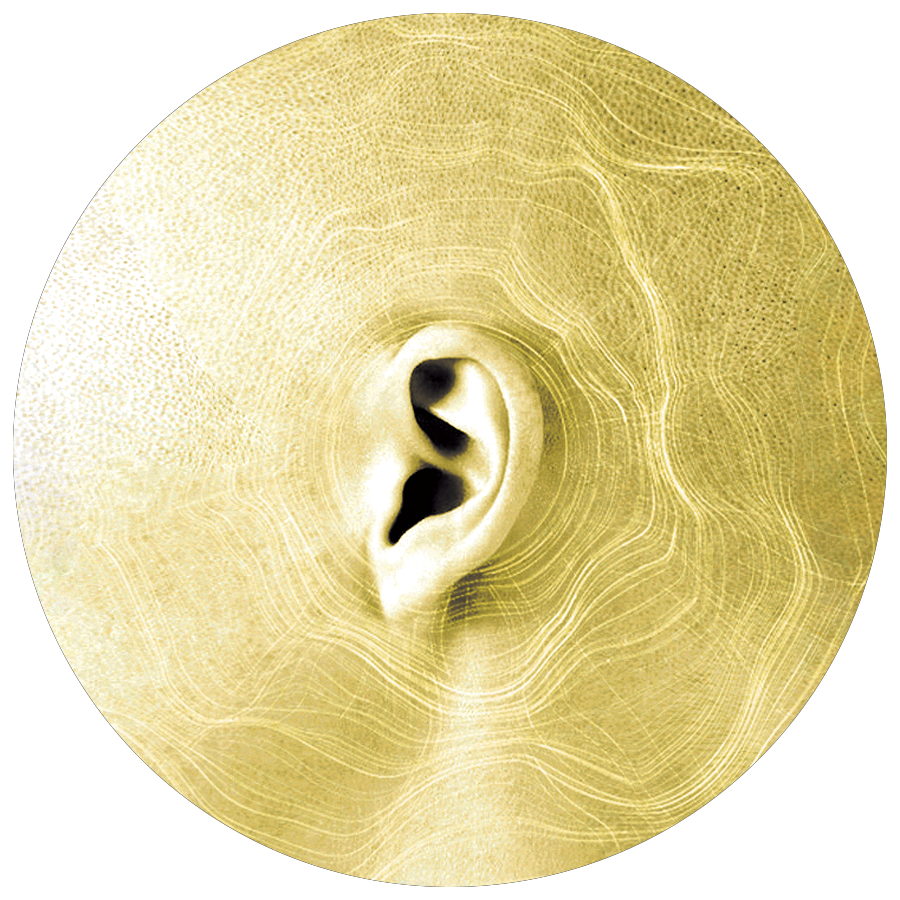
Sinicuichi’s acoustical phenomena opens our auditory system allowing us to hear sound vibrations of etheric energies from the astral planes. The auditory effects are thought to be the voices of ancestors, who speak to give advice and guidance. The sounds of bells and human voices reach the ears as if they are coming from a long distance. This is similar to hypnagogia, a state of consciousness prior to sleep when many people hear and see unusual things.
Memory Travel
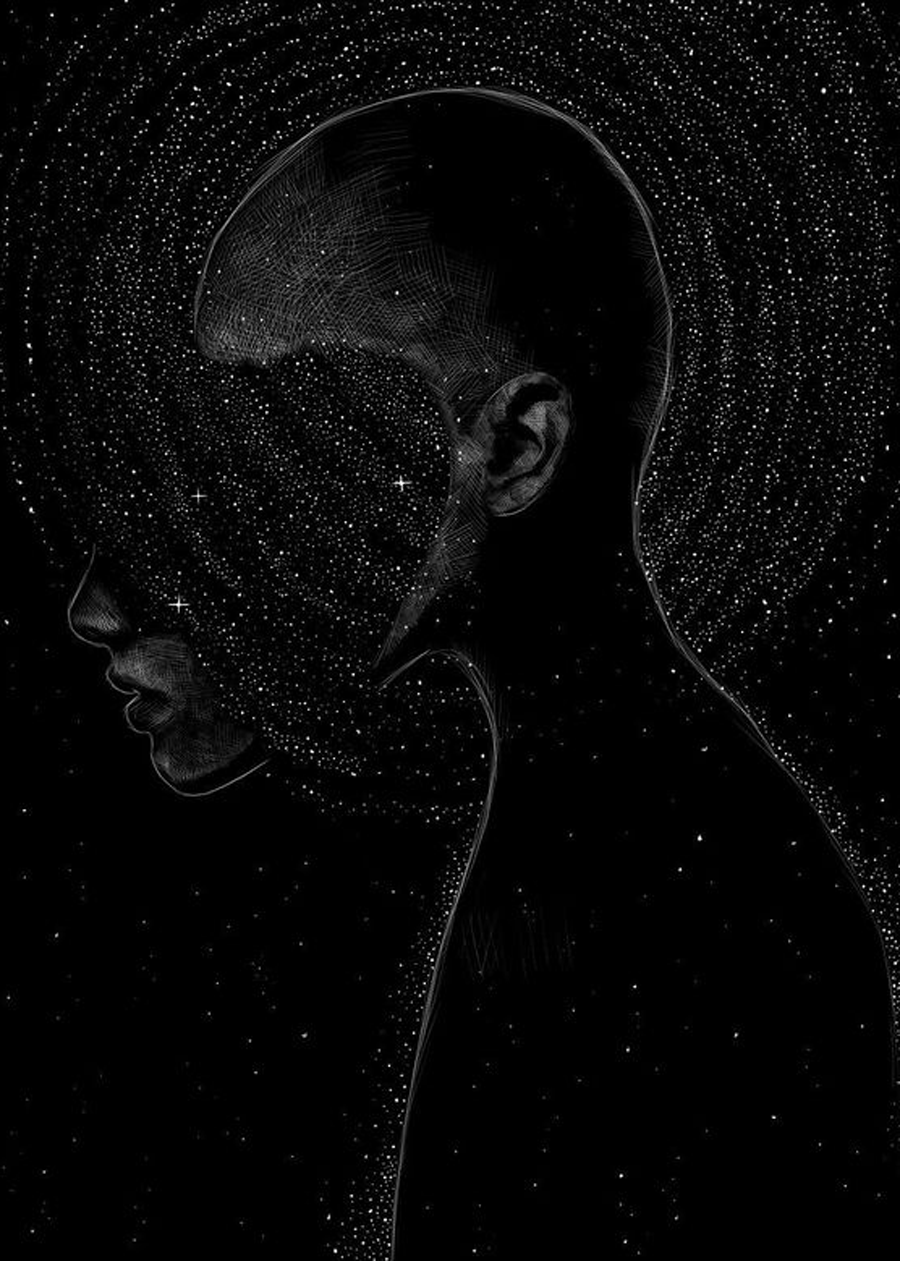
Art by Anders Røkkum
Sinicuichi has the most notable effects in the dream realm, catalyzing a heightened sense of lucidity, increased dream recall, and more dream content. The herb’s ability to obscure the lines between the physical and metaphysical worlds allows energy and information to move more freely.
With these channels between worlds of consciousness open, people have reported the ability to access the knowledge of their ancestors and the ability to witness past/parallel lives and memories with great clarity.
Sinicuichi gives you a taste of what you are already capable of.
While under the influence of the Sinicuichi, people have been able to describe events from their childhood so clearly and precisely that they claim it feels as if they experienced them yesterday. Others have reported recollections of events that transpired before they were born, while they were in their mother’s womb. Sinicuichi can help dislodge deep suppressed memories buried in the subconscious. There are also reports that native tribesmen are able to commune with their direct ancestors and remember events that took place in their great-grandparents’ lives.
(Memory recall can be fleeting; its wise to keep a detailed dream/vision journal!)
Extended use has been reported to cause gross forgetfulness of present circumstances. This can be the adverse effect of using something external to achieve a result instead of internally. The ability to tap into these intuitive realms is already within us. But sometimes we need a little help finding our way and the Earth has our back. When Sinicuichi is used responsibly and with the highest intention, it can be a guide when we need it most.
The primary psychoactive component of Sinicuichi that expands our memory function is believed to be vertine, a quinolizidine alkaloid known to have anticholinergic and antispasmodic properties. These agents are known to inhibit the actions of a neurotransmitter called “acetylcholine” in the central and peripheral nervous systems.
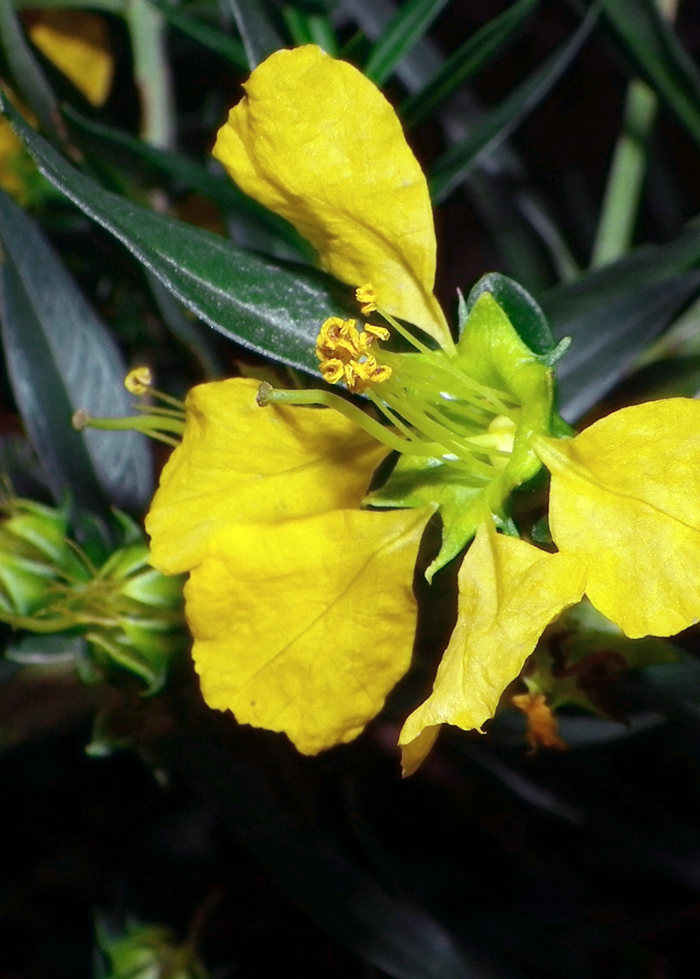
Photo by Arturo Castro
Wild
Medicine
Although Sinicuichi is associated with the Sun, its energetics are cooling. Due to its vasodilator properties, the herb reduces blood pressure, by temporarily widening blood vessels, and the body slightly cools as a result. The herb is also known for slowing the heartbeat, relaxing the muscles, and enhancing epinephrine.
MUSCULAR RELAXANT
Vertine (cryogenine), the alkaloid showing the highest concentration in Sinicuichi’s plant material, is considered the primary source of its sedative, tranquilizing, anti-inflammatory, and spasmolytic activity. Sinicuichi has a profound effect on the muscular system that is still yet to be uncovered in the scientific world.
DIGESTIVE AID
Sinicuichi is mildly bitter making it useful as a digestive aid. The Pilagá of Argentinean Chaco makes a drink from the plant’s root that is imbibed to treat stomachaches. The Aztecs made a brew that included crushed Sinicuichi root boiled with honey. It is said to have worked wonderfully for clearing the bowels.
SKIN SALVE
Traditionally, Sinicuichi has been used as a thick medicinal salve to cover open wounds, stop bleeding, and promote healing. The salve is prepared in the same way as the fermented tea, except the tea is left to evaporate into a thick paste. The Maká Indians of Chaco in Paraguay use the plant paste for treating puncture and scrape wounds made by thorns that have remained in the wound. The Pilagá of Argentinean Chaco places the leaves directly on sores. The juice of fresh Sinicuichi leaves is also applied to the skin to repel mosquitoes and other insects.
PAIN RELIEF
When cryogene is combined with nesodine, both found in Sinicuichi, the compounds are stronger and more effective than ibuprofen/aspirin. Sinicuichi also contains phenylalanine which mimics the effects of dopamine and adrenaline.
FERTILITY
MAGIC
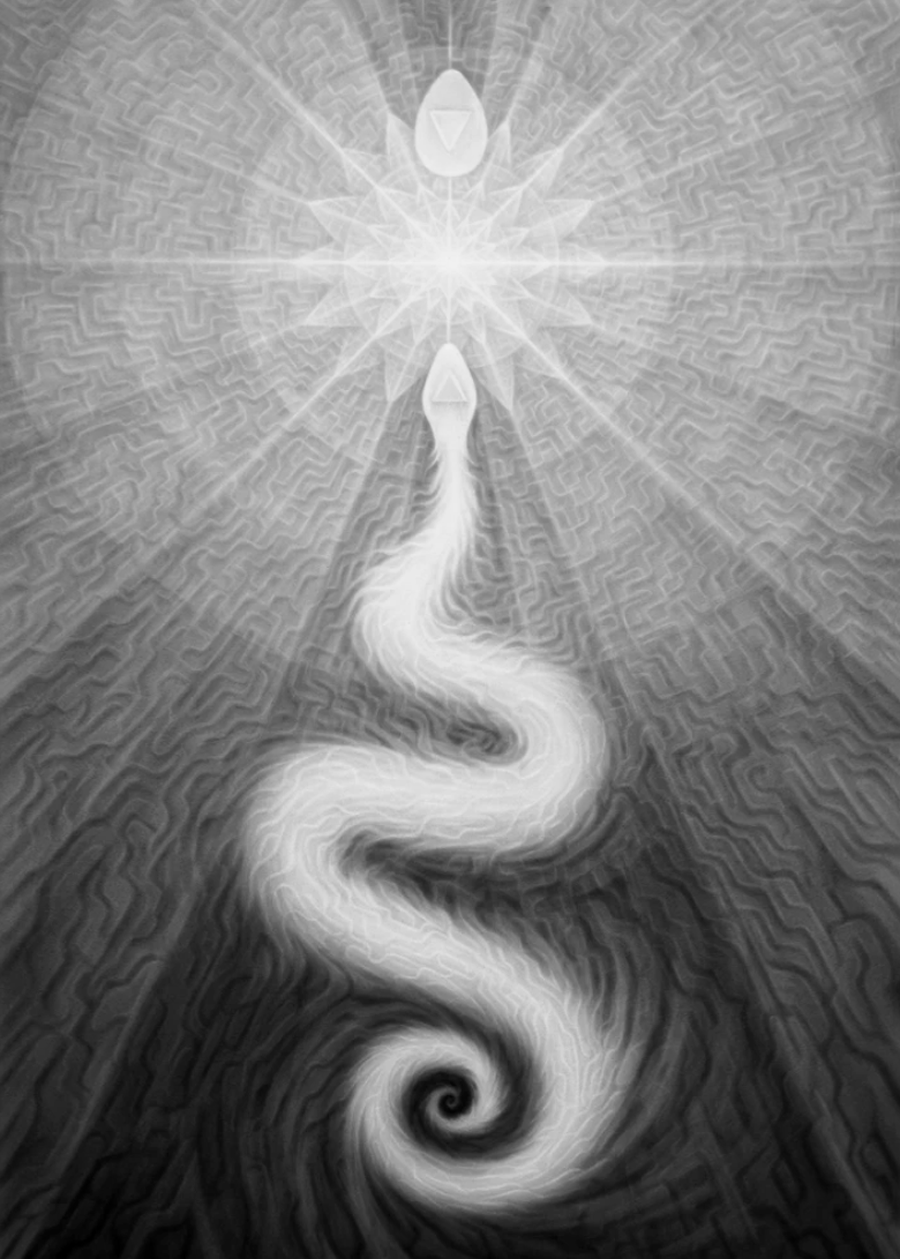
The Serpent and the Egg by A. Andrew Gonzalez
Sinicuichi has a long history of use in traditional rituals for promoting fertility and healing the womb space. To increase the chances of conception, women would partake in teas and bath soaks made from Sinicuichi and other fertility-enhancing herbs. In cases of sexual dysfunction, ovarian inflammation, cysts, and other uterine conditions, Sinicuichi and Rosemary were used to create a steam bath for the genital area. Following childbirth or a miscarriage, a special mixture made from Sinicuichi, Cinnamon, Agave, and Piloncillo was prescribed to alleviate post-pregnancy discomforts and support the healing process. The use of Sinicuichi in these rituals emphasizes its significance and efficacy in supporting women’s reproductive well-being.
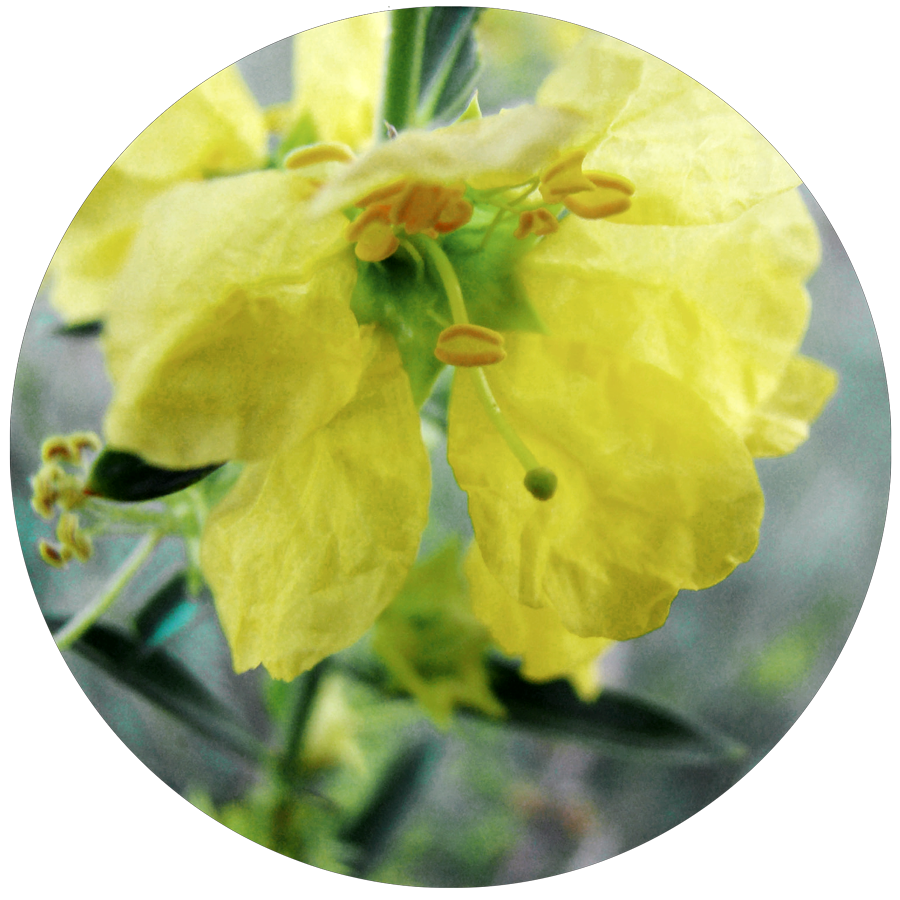
HEALING
PROFILE
ENERGETICS
Warming
Moistening
Calming
FLAVOR
Bitter
AROMA
Pungent
INDICATIONS
Muscle Aches/Tension
High Fevers
Gynologocial Disorders
Skin Conditions
CAUTION
Children and pregnant or breastfeeding women are not advised to use Sinicuichi. Do not drive or operate heavy machinery after consuming the herb. Long-term heavy use of Sinicuichi could result in memory problems, but this is not a concern for the casual user.
Cultivate
GROW
If you live in USDA growing zones 8b-11, you can plant Sinicuichi outdoors. The above-ground parts are frost-sensitive but will resprout from the base every spring if temperatures are kept above 20°F. For those that live in colder climates, Sinicuichi can be planted in a pot and brought inside as a houseplant when temperatures start to drop.
HARVEST
Leaves, flowers, and tips are harvested in late summer when in the height of flowering. They should be slowly dried to preserve their constituents.
LEGAL STATUS
Legal everywhere in the world.
⊙
SOURCES
1 | The Encyclopedia of Psychoactive Plants: Ethnopharmacology and Its Applications – Heimia Salicifolia
2 | Plants Jouranal – Uterotonic activity of Heimia salicifolia leaves
3 | Entheology.org – Heimia salicifolia – Sinicuichi (Sinicuiche)
4 | Erowid Plant Vault – Heimia Salicifolia
5 | The New World Indians and Their Hallucinogenic Plants by R.E. Shultes
6 | RxList – How do anticholinergic antispasmodic agents work?
7 | Aztec Herbal of 1552

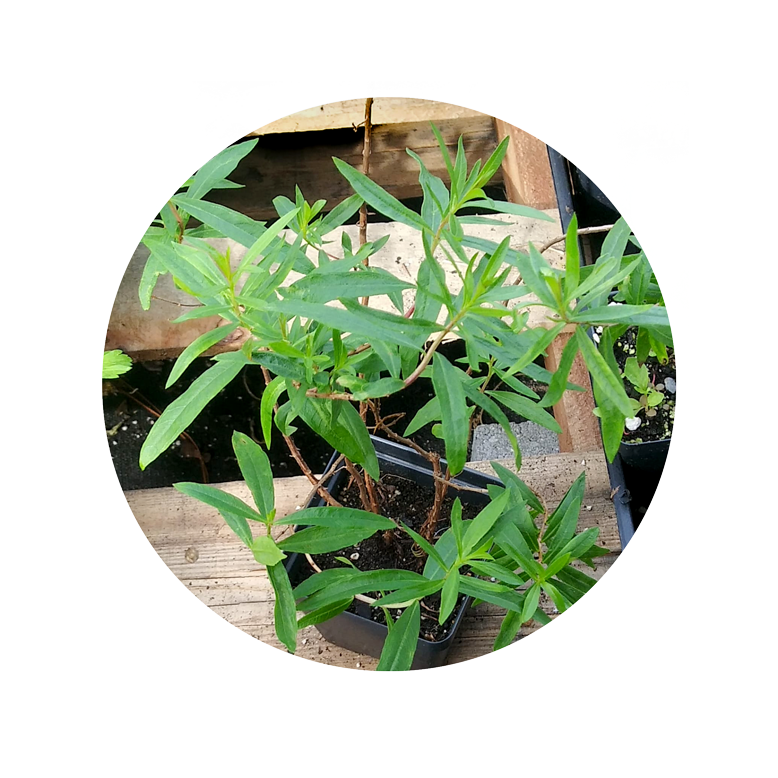
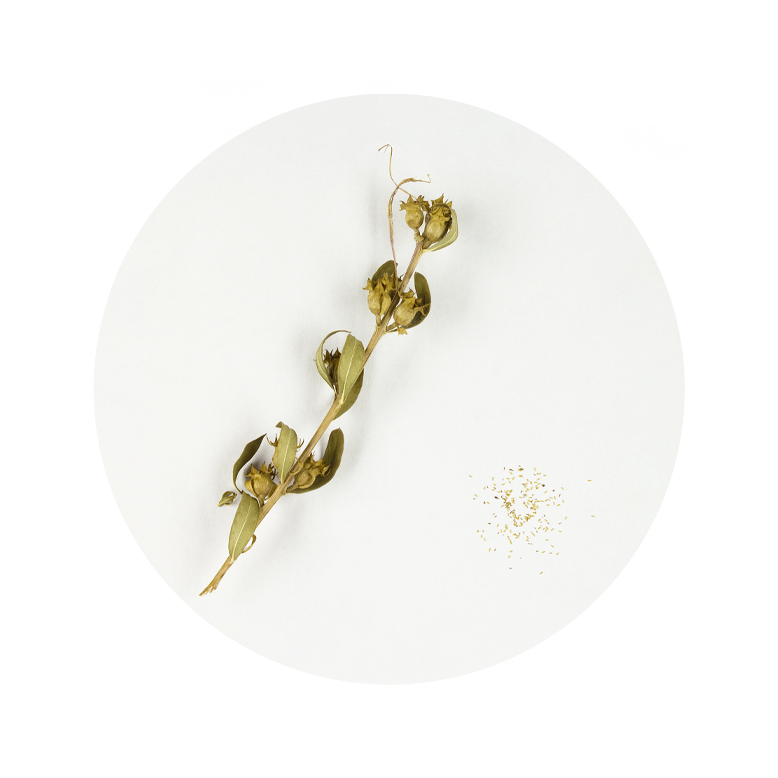
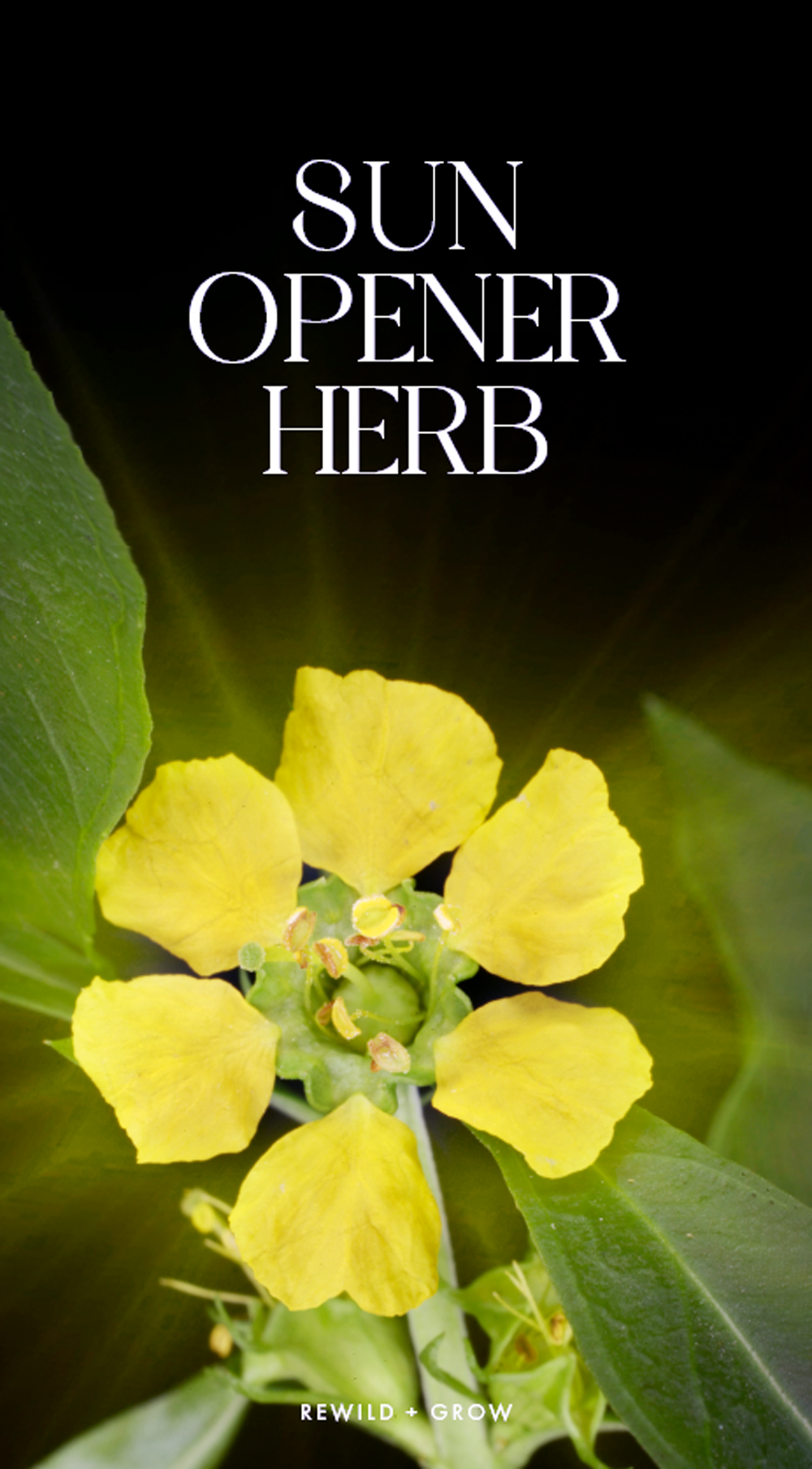

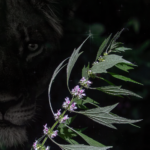
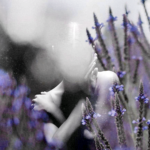
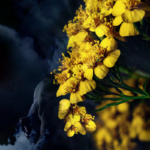

0 Comments